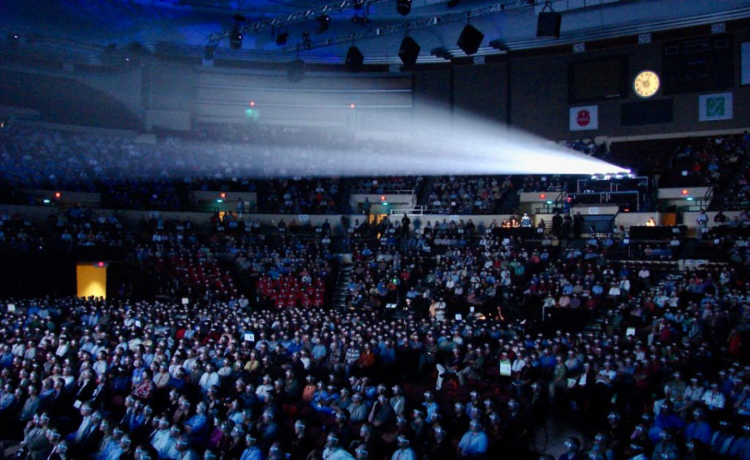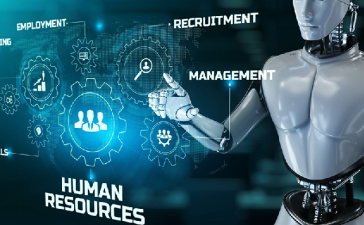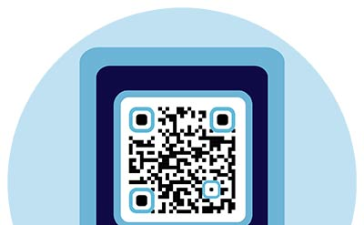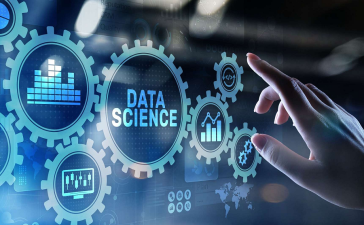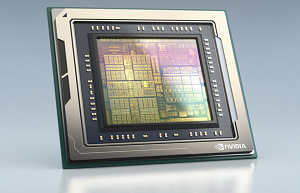Event preparation, whether virtual or in-person, is a time-consuming operation. To ensure that events go off without a delay, planners keep track of a variety of specifics and put in place a variety of event elements. They are often faced with difficulties. These difficulties arise not because the team lacks the necessary expertise and experience, but because many planners still rely on outdated methods. This can contribute to the omission of critical information that could jeopardize the event’s success. An optimized process makes use of technology to minimize manual activities, free up time, and provide attendees with a more connected experience. Every aspect of Virtual Events Planning can be aided by appropriate technology, making the process not only simpler but also more coordinated and accurate.
Overview of Virtual Event Planning:
Event preparation used to be a manual operation before advancements in event technology. Contact by contact, event planners used to compile the attendee list. Print and direct mail were the only ways to promote the event. Moreover, before interactive event technology, event planners could only schedule live events. Advances in data analytics, on the other hand, have allowed event planners to monitor and quantify every aspect of their events. In the same way, the rise of event technology has made it easier to realize in-person, hybrid, and virtual event concepts.
Benefits of using Event Technology:
Today’s event marketers can choose from a variety of innovations to add to their event tech stack. Each component of the event technology stack contributes to the smooth transition of the event lifecycle from one step to the next. Event technology allows for the development of blogs, increased event registrations, and email marketing. The use of event technology has also improved the user experience. Attendees can communicate with one another at the touch of a button thanks to networks, event participation, and networking resources.
With features like chatbots that provide instant answers to their questions and maps that help them navigate vast convention centers; event apps make it easy for attendees to navigate the event. Another example is live streaming technology, which enables participants to listen to sessions from all over the world.

